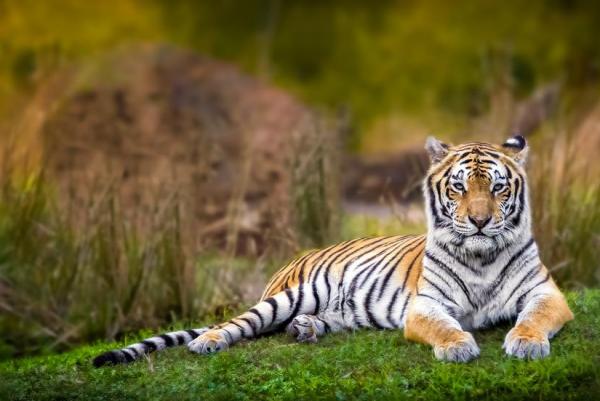
WASHINGTON, April 11 (UPI) — For the first time in a century, the number of tigers living the wild increased, according to new estimates released by the World Wildlife Foundation.
The 20 percent increase in the tiger population — from about 3,200 in 2010 to 3,890 in 2015 — is the first seen in 100 years, the organization announced ahead of the Asia Ministerial Conference on Tiger Conservation this week in New Delhi.
The increase comes at the halfway point of a goal set in 2010, by the 13 countries that host wild tigers, to double the global tiger population to 6,000 by 2022. Although they are behind the pace needed to achieve that goal, scientists said the increase is significant.
“For the first time, we’re seeing an upward trajectory,” Nilanga Jayasinghe, a species conservation specialist at the World Wildlife Fund, told Take Part. “There are still some areas we have declining populations, and overall we have a long way to go, but we can celebrate this reversing of the downward trend.”
Based on estimates provided by the 13 nations, combined with estimates from the International Union for Conservation of Nature, there were at least 3,890 living tigers in 2015, compared to the 3,200 estimated in 2010. The increase is credited to rising tiger populations in India, Nepal, Bhutan and Russia, as well as better survey methods and protection of the animals.
The tiger population has suffered loss of habitat from deforestation, as well as widespread poaching for furniture, wine, meat and jewelry, though captive tigers are also thought to be part of these industries in China, Vietnam and Indonesia.
Jayasinghe said better protection of tigers, and working to protect and grow their habitats so they can breed and live, must be the priority to continue their increasing numbers.
“This is a pivotal step in the recovery of one of the world’s most endangered and iconic species,” Ginette Hemley, senior vice president of wildlife conservation at the WWF, said in a press release. “Together with governments, local communities, philanthropists, and other NGOs, we’ve begun to reverse the trend in the century-long decline of tigers. But much more work and investment is needed if we are to reach our goal of doubling wild tiger numbers by 2022.”






